After a few quiet days in Marie Galante, Guadeloupe, we were quickly approaching the start of hurricane season, so it became a priority to head further south to Trinidad and Tobago.
Leaving Marie Galante, our next destination was Le Marin, Martinique, about 100nm away. As Marie Galante is slightly east of the main island chain, we decided to break with our usual course and sail down the east coast of Dominica. We do not usually sail the east coasts of the islands as, being the windward side and open to the full expanse of the Atlantic, there is often stronger winds and bigger seas.
We set off with good wind of Force 4 (11-16 knots) from the east. It was a lovely beam reach and even the slightly higher sea state did not detract from the sail.
Within an hour of starting our passage, we were sailing briskly at just over 6 knots, when, all of a sudden, our Jonbuoy deployed. One minute, it was safely secured in its box on the side of the boat and, the next, it was in the water, fully inflated. As part of our man over board safety equipment, it was good to see that its fluorescent tube was clearly visible as we continued to sail away. Taking this as an excellent opportunity to practise our man overboard drill, we put our procedures into play: Engine on, genoa away, mainsail centred and turn the boat around to retrieve it. All was going well until we realised that we could no longer see the Jonbuoy. Heading back to where it had gone overboard, we saw it. Something was wrong; it had deflated.
Arriving alongside it, we started to hoist it aboard using our pulley system attached to the end of the boom. It was exceedingly heavy and we discovered that it had torn and filled with water. This was definitely not supposed to happen.
Once it was eventually back on board, we resumed our course south and then turned to investigate what had happened. It seemed that the stitching on the webbing holding it in the container had disintegrated in strong sunlight and, on inflation, it had torn and filled with water. It was all very confusing and lead to lots of photos and emails to Sea Safety in UK. We certainly don’t want a similar thing to happen in a real MOB situation!
By now, it was night, and, deciding a good night’s sleep was in order, we cut across between Dominica and Martinique to head down the more protected west coast of Martinique. As expected, there was less wind, leading to more motoring. However, the calmer sea state meant better sleep.
After a passage of 110nm in 21 hours, we arrived at Le Marin. Anchoring here is not a pretty place to be. It is a busy working area, littered with navigation and mooring buoys. But, it is definitely a very practical place to stop. Armed with our shopping list, we hired a car for the day and made a road trip around the various businesses: dive shop, hardware store, several chandleries and a large supermarket.
Stopping in Le Marin for three nights gave us enough time to do our chores, and then it was off to St Lucia, 25nm away. Once again, we had excellent wind of Force 5 (17-21 knots) from ENE and Escapade was sailing really well at 6-7 knots. It was a fast passage and we arrived in Rodney Bay, St Lucia in 4 hours 30 minutes.
This was another short stop to visit the chandlery, sort out our local SIM card and fill our gas bottles. We had not been monitoring our gas use properly and had actually run out in Marie Galante seven days previously. Unable to fill the UK cylinders in the French islands of Marie Galante and Martinique, St Lucia was our first option. Luckily, we always have a plan B: this one was a single electric ring and a cook pot.
On Monday 2nd June 2025, we checked out, filled up with duty free diesel (another good reason for stopping in St Lucia) and were finally heading for the islands of Trinidad and Tobago. Being the most southerly Caribbean islands, we were hoping that they would be a good place to hide from any upcoming hurricanes.
Trinidad is only 11km from the coast of Venezuela and there have been problems in the past with piracy. However, the authorities in Trinidad and Tobago are on the ball and monitor boat traffic in the area very carefully. Before leaving St Lucia, we had to file a float plan, notifying officials of our intended passage and expected arrival time. Rodney Bay is at the far north of St Lucia, so we intended to head across the top of the island to once again sail down the windward side of the island chain. The plan was to sail past St Lucia, St Vincent and the Grenadines, Carriacou and Grenada and make for the eastern end of Tobago.
The wind was Force 5 (17-21 knots) generally from the north east; another beam reach and a fast passage. It was actually too fast. We needed to arrive in Trinidad waters during office hours to avoid paying overtime fees at check in. So, we ended up putting the genoa away and sailing with the much smaller staysail to slow down. This worked well and we arrived in Tobago in the morning after 178nm in 1 day and three hours.
Priority on arrival in Tobago was to check in, the options being Scarborough in the south west or Charlotteville in the north east. Having researched both areas, and taken advice from other cruisers, we headed to Charlotteville. This turned out to be a great choice.
Charlotteville is a very small town situated in the large Man O’War Bay. It offers excellent protection from the prevailing winds and swell. Although the bay is safe for anchoring, there is an active policy trying to discourage anchoring in order to protect the sea bed. While here, we picked up a mooring buoy. They are reasonably priced and well maintained by ERIC (Environmental Research Institute Charlotteville).
The town has a great dock for the dinghy (shared with local fishing boats) and it made it easy to get ashore for checking in. Tobago is a little behind the times and has not fully embraced the digital era. Check in is still very paperwork dependent. Port health, immigration and customs all had numerous forms for us to complete; some in triplicate with carbon paper! However, the whole experience was made a joy by the friendliest officials we have ever met.
Check in complete, we settled into village life. Charlotteville was to be our home for four weeks and we soon learned to live life like the local residents.
The single street running alongside the beach was lined with small family run businesses. Everyone was friendly and welcoming and it was a joy to go ashore daily and chat to the people we met.
Salleez Shopping Mart was perfect for basic supplies, water, beer and an occasional homemade cake.
Reba opened shop on Saturday and Sunday for breakfast of smoked fish coconut bake.
Part of the Tobagonian culture is to party hard and, while we were in Charlotteville, we were able to be part of the annual Fisherman’s Festival. This is held on Saint Peter’s Day. He is the patron saint of fisherman and the day starts with church services. It then moves down to the harbour area where the priest takes to the water to bless the boats, sprinkling them liberally with holy water.
After this the day takes on a village fete feel. They were plenty of races: a very long run along the beach, paddling wooden rafts and sponging water into buckets relays to name a few. The street was lined with stalls selling traditional food and the beers were flowing.
Of course, no party would be complete without dancing. Once the sun had set, the music was turned up and it was time to dance. We stayed til 9pm and then left it to the youngsters who partied until the early hours.
What a cool place we had found!
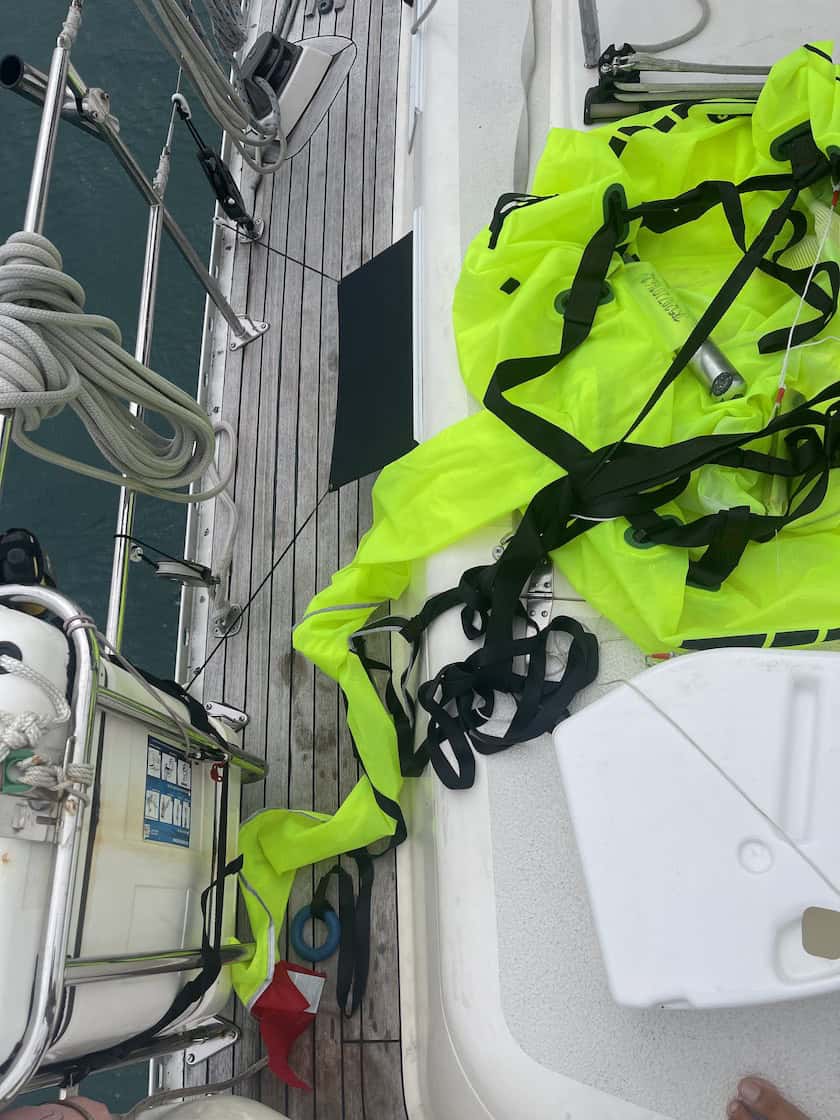
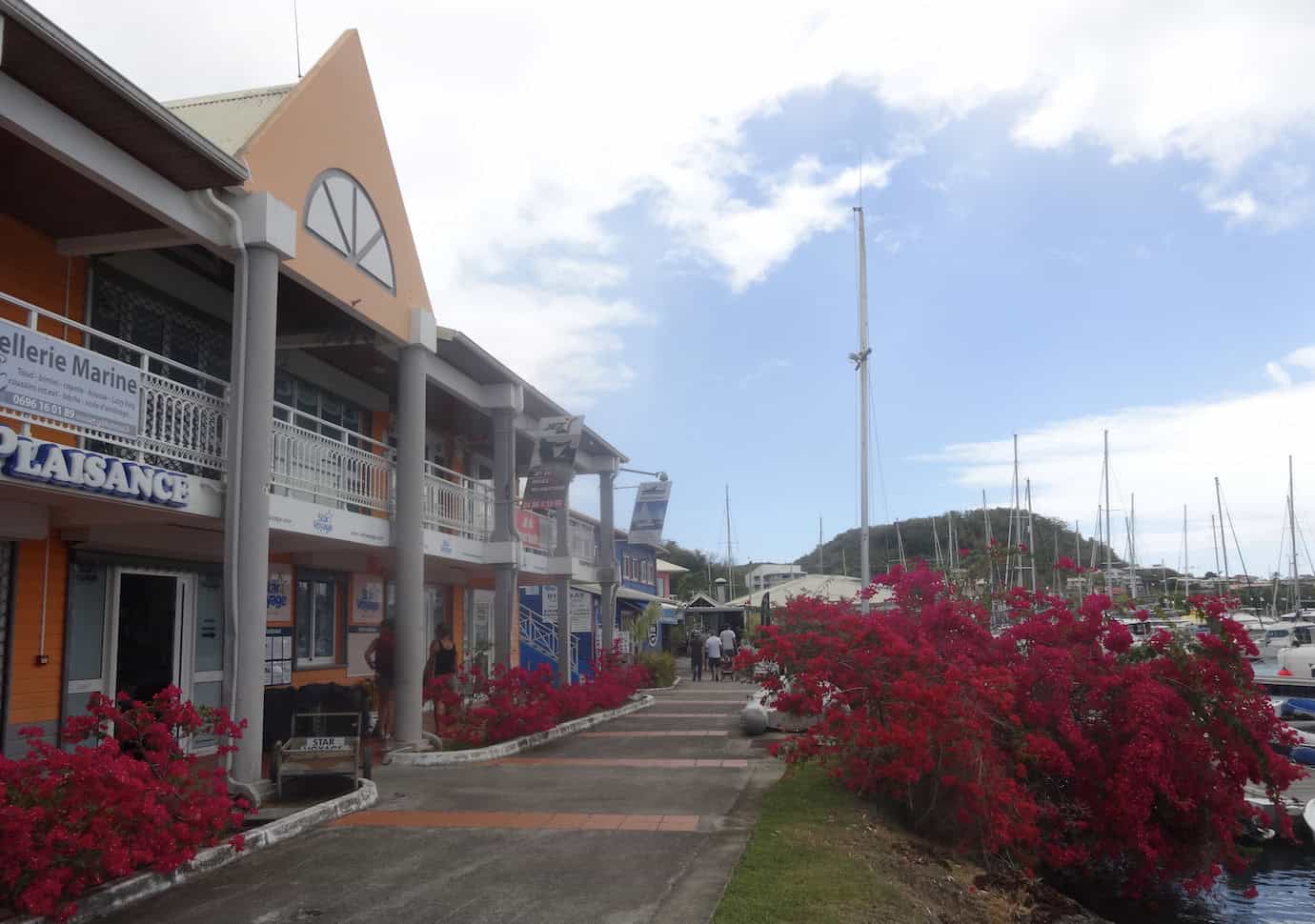
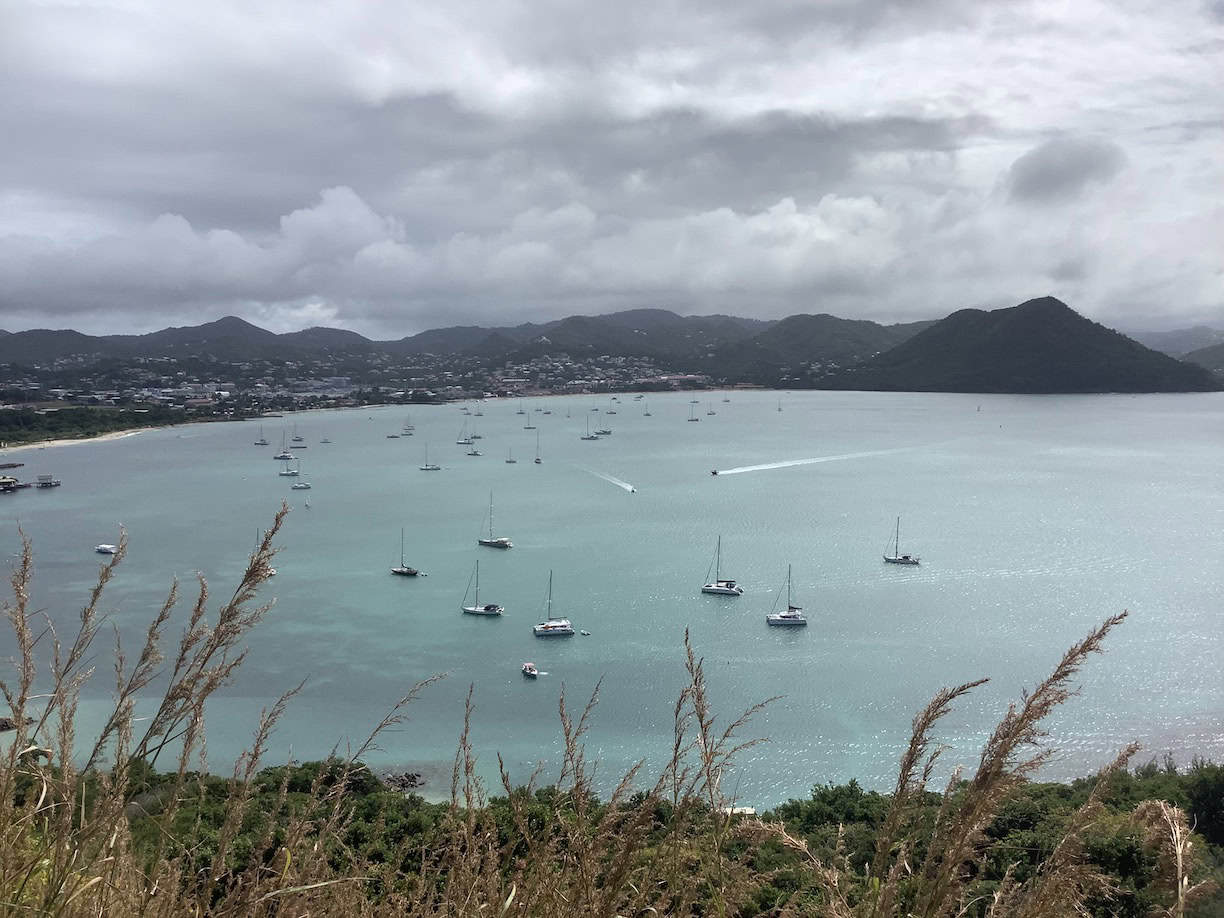
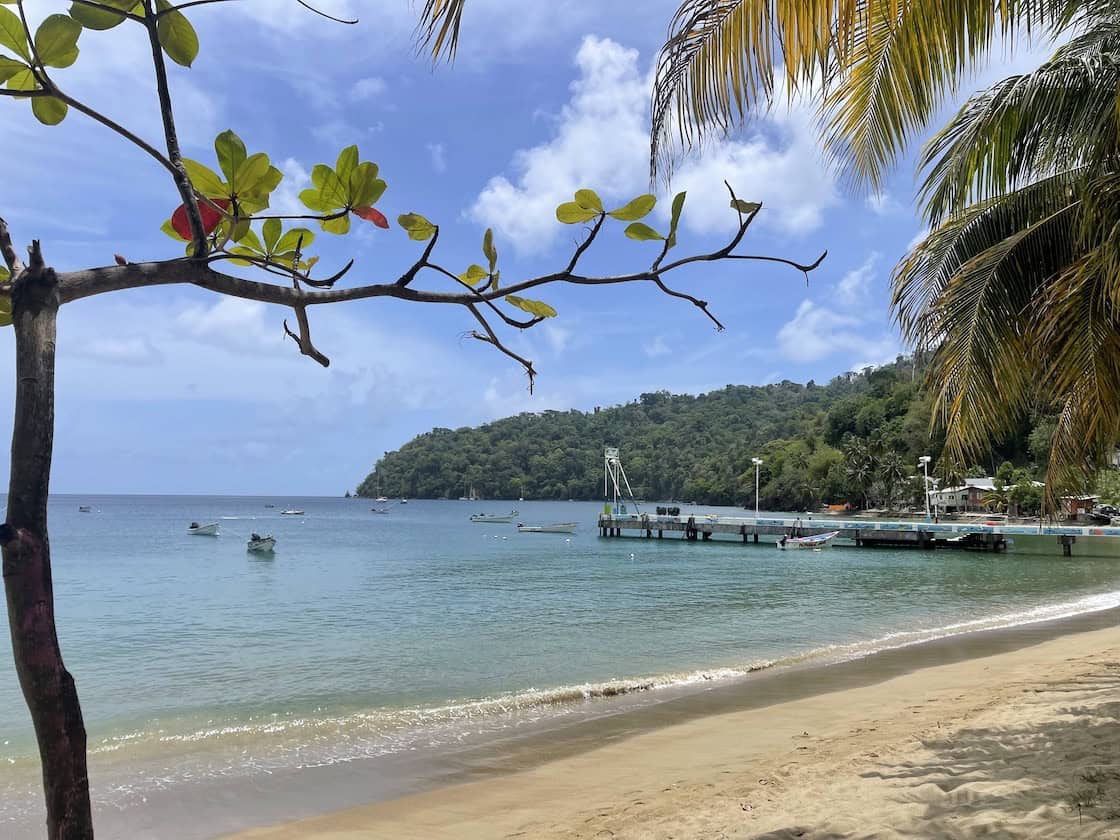
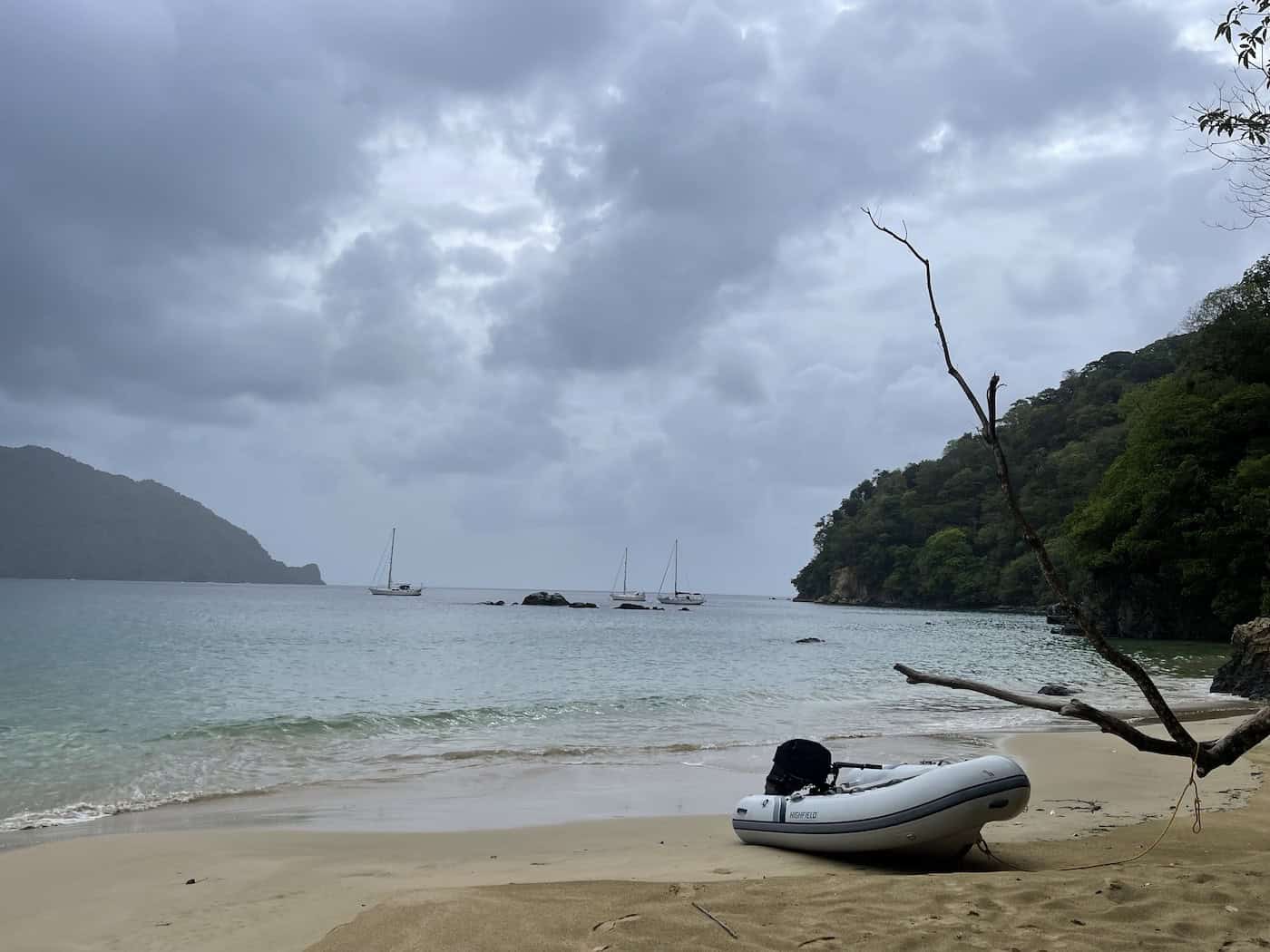
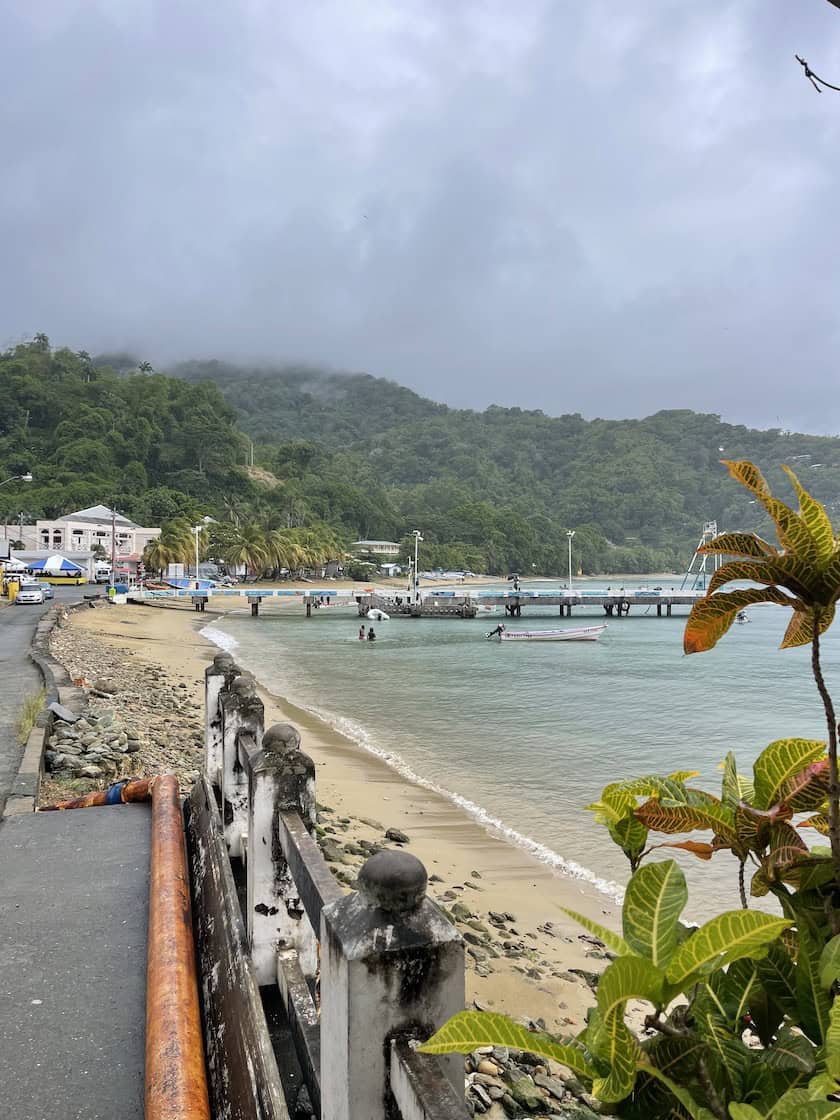



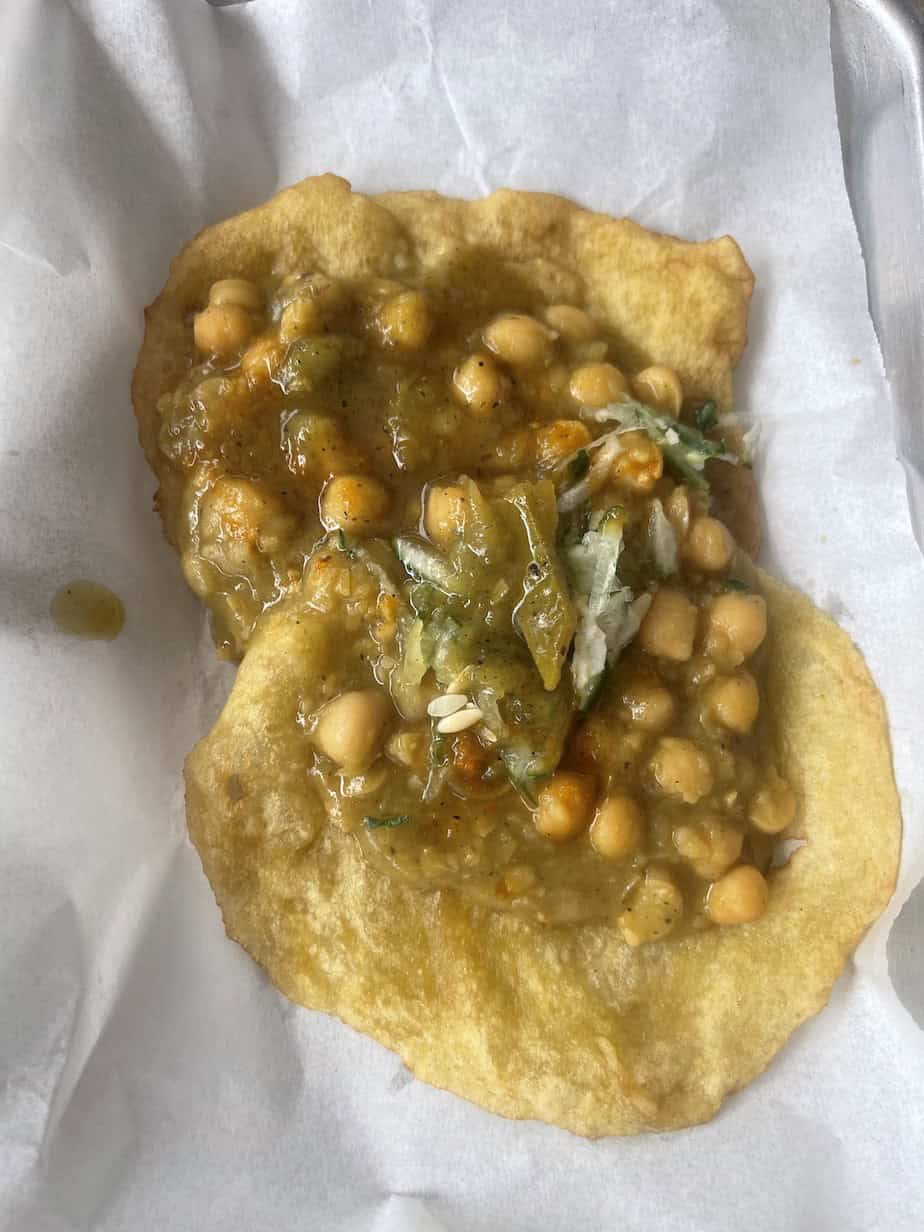

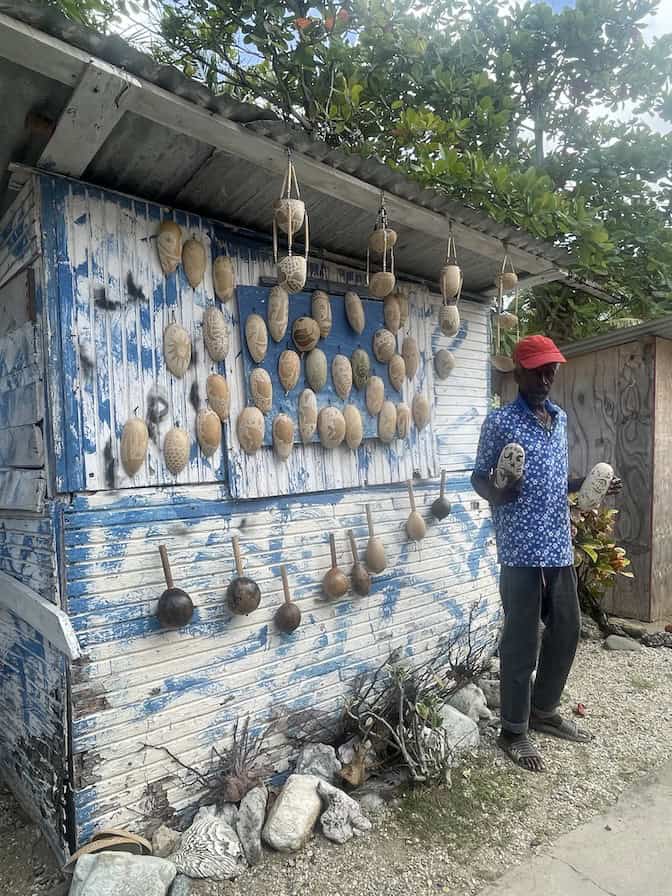
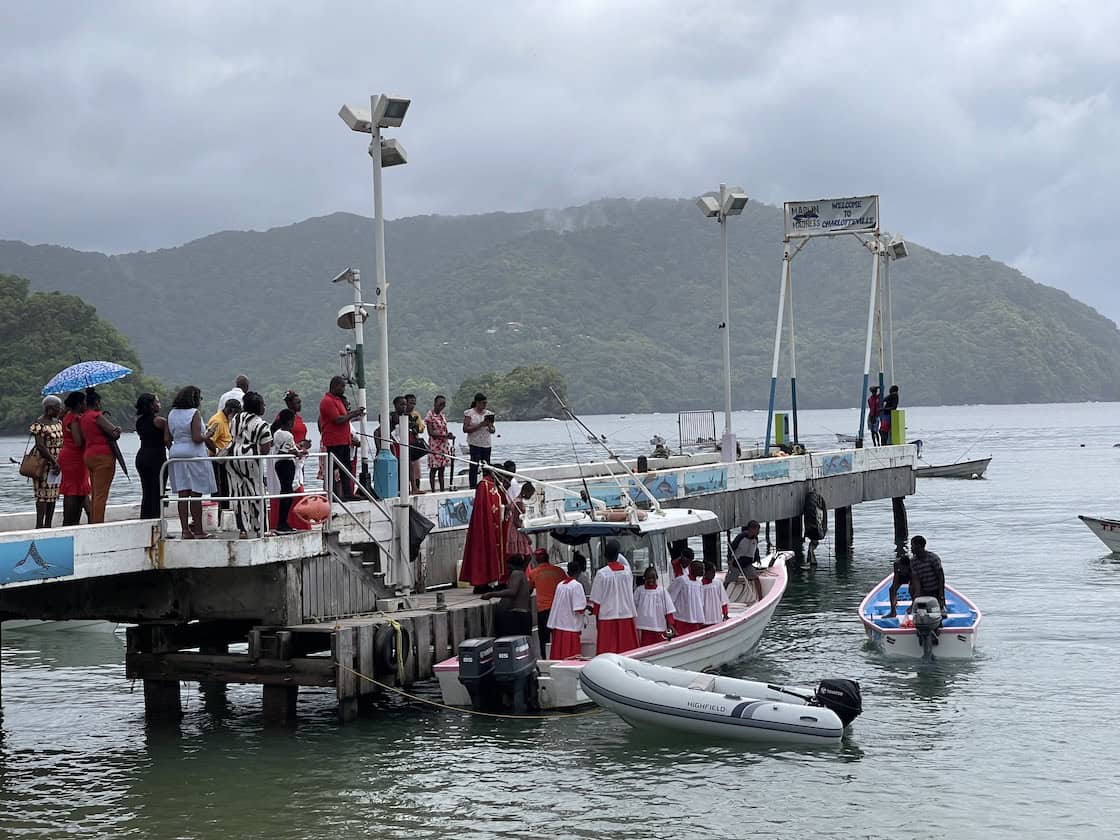
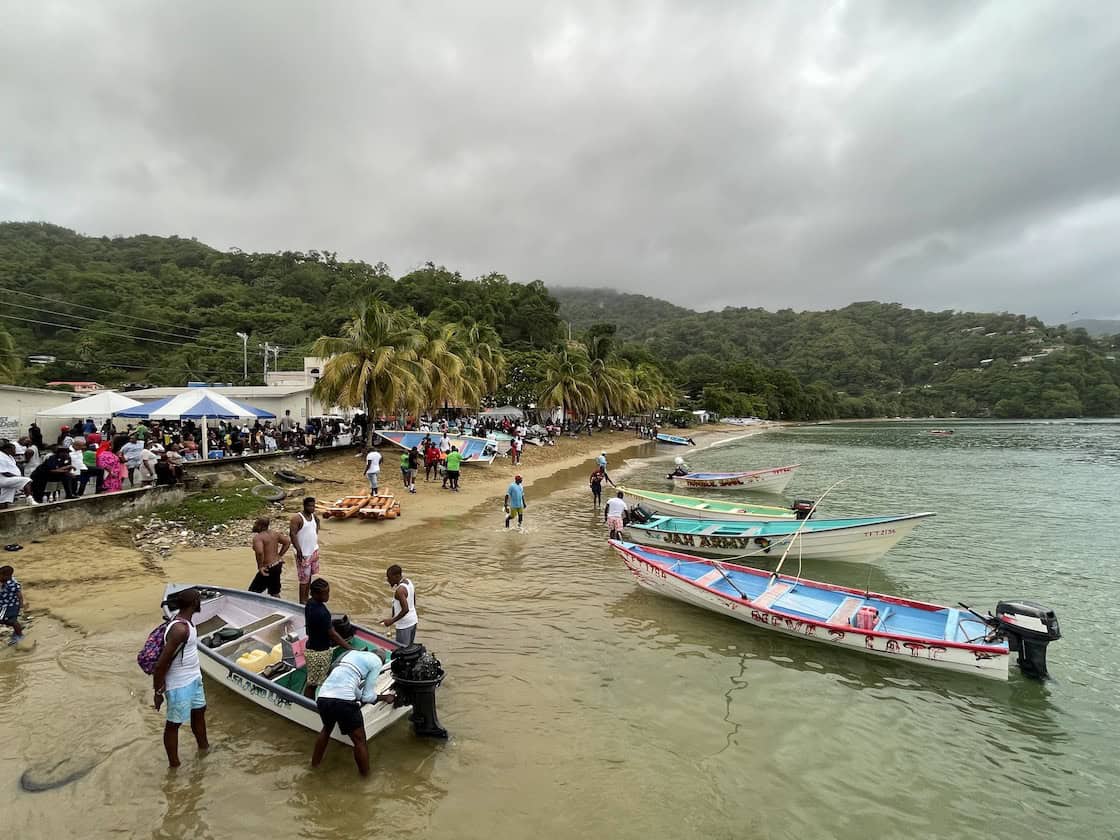


Another great recount of your life in the islands. 🤗
Lovely.
It bought back great memories of our short, but delightful time there too. Brilliant pictures of all the local places we visited too. Fab. I can’t quite believe we are so far away now 🇬🇧
Amazing images guys ! Re the webbing stitching – Tenara all the way hey!
Delighted that you guys are still living the dream ! – Do keep up the good work !
Wishing you well – Paul.